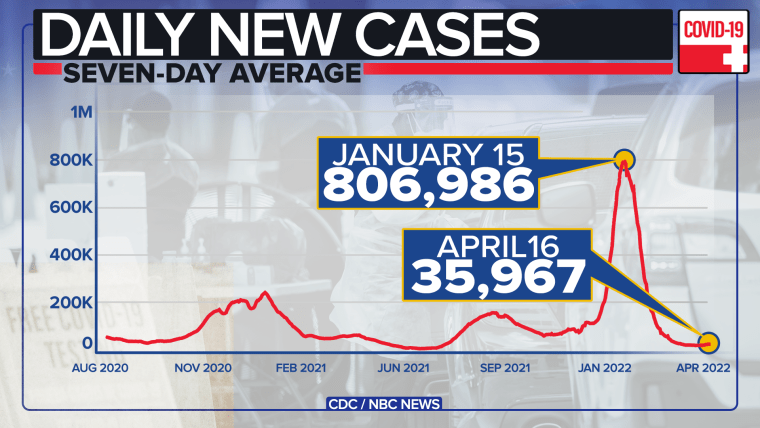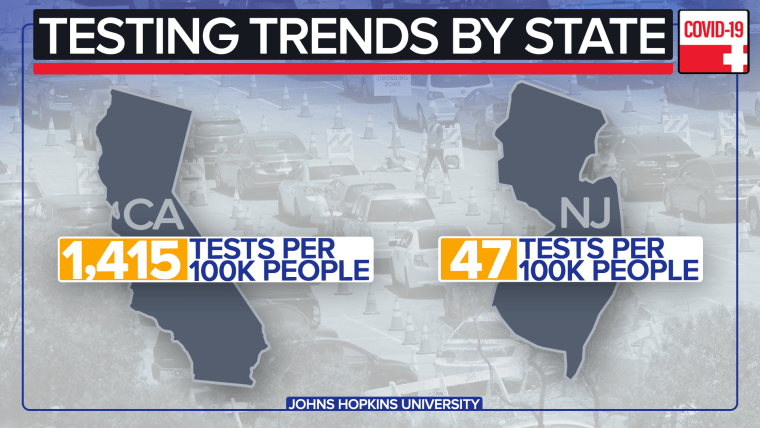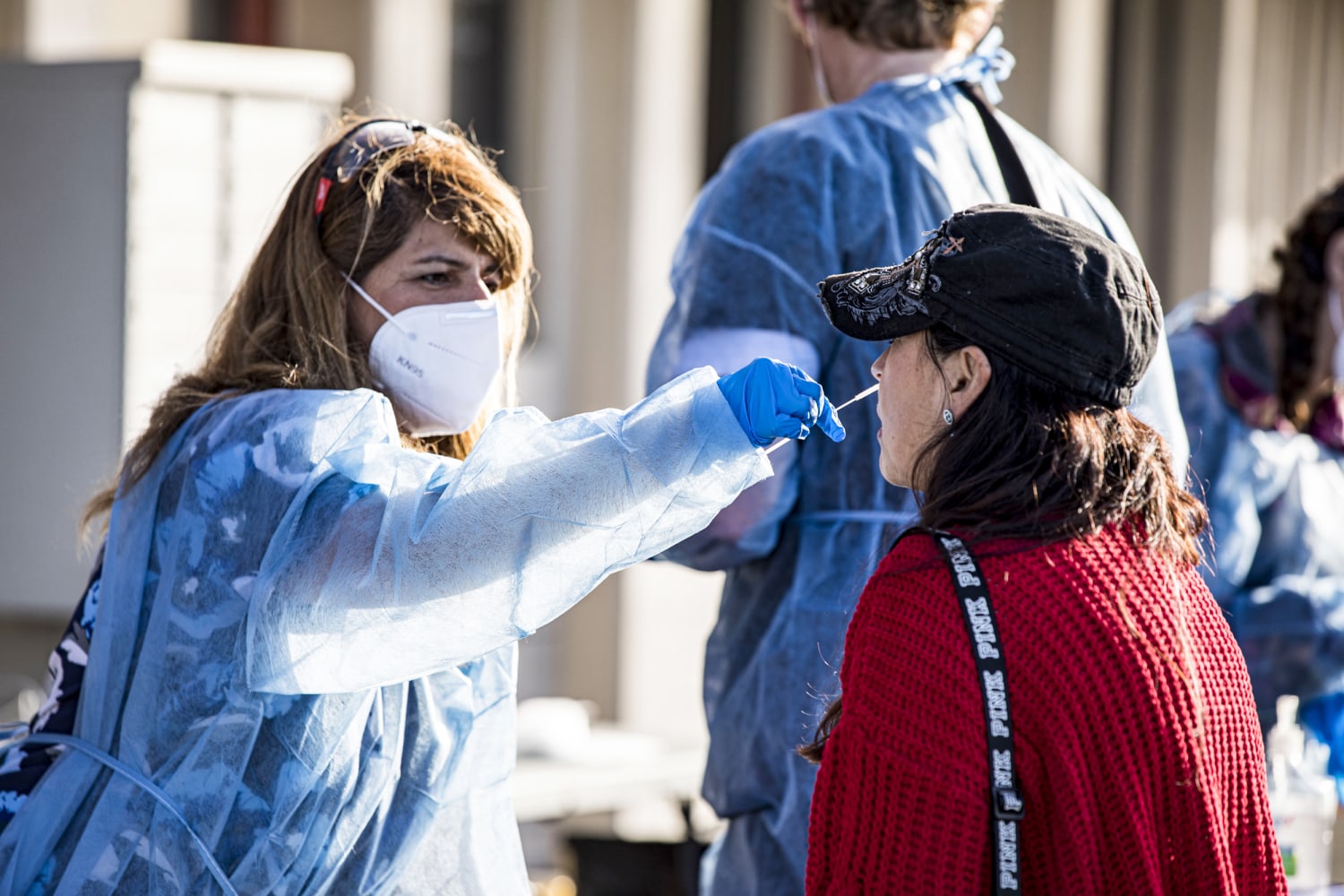WASHINGTON — The Covid-19 pandemic, having shaken the world for the past two years, has entered a new phase, one driven by a combination of fear, apathy and uncertainty. In some parts of the country, masks have become rare sights, and the assumption is the pandemic is over. But in other places, masking is back as concerns rise about a new variant and the potential for another spike in cases.
Last week, Philadelphia announced it was reinstating an indoor mask mandate until rates drop again. Meanwhile, the Centers for Disease Control and Prevention changed course and said masks will continue to be required on commercial flights until at least May 3. That mandate had originally been set to expire Monday.
People may want reassurances about the virus and what’s coming next, but they are hard to find in the data. Instead, the numbers point to a murky picture of Covid, particularly looking at case counts and hospital occupancy.
At this point, hospitalizations are probably the most solid measure of where the country is on Covid, and they are still low nationally. Hospitalizations are up very slightly from the previous week but still nearly at the lowest they have been in 21 months and nowhere near previous spikes.

For the most recent week, the seven-day average is 1,464 new hospital admissions for Covid-19 around the U.S., according to the CDC. The previous week, the figure was 1,425. So last week’s number was up by only about 40 — a figure that could amount to noise in the data. Back in mid-January, the seven-day average was more than 21,000.
The numbers give a sense of just how different things look now compared to how they looked at the height of the omicron variant in the country’s hospitals.
The numbers around Covid cases look a bit more troubling. There has been a more significant increase in the last few weeks, not a spike, exactly, but a notable increase.

The data from the most recent week show a daily average of about 35,967 positives. That’s an increase of about 18 percent from two weeks ago, a figure that may raise some eyebrows. Keep in mind, however, that that’s in a country of more than 300 million people. Then compare the figures to where the country was at the height of the omicron surge, when infections peaked at an average of over 800,000 in a seven-day period, and you see a very different Covid landscape.
And there are bigger questions about the case numbers: How reliable are they, and where do they come from?
After all, to test positive you first have to be tested, and Covid-19 testing right now looks very different depending on where you are. Numbers from the Johns Hopkins Coronavirus Resource Center show how big the differences can be.
Consider just two states, California and New Jersey.

In the last week, New Jersey tested 47 of every 100,000 people, according to the Hopkins Coronavirus Resource Center. In the same time, California tested more than 1,400 of every 100,000.
To be clear, testing data are difficult to collect, and the numbers certainly don’t capture everything. But across the country, the differences in testing numbers are massive, and they raise questions about what states are catching in their measurements.
Could the national increase in cases be due to increased testing in a few states or a few densely populated areas? The national case count is so low that even a small difference in testing in a few places could lead to different views of how the virus is spreading.
And how many cases are states already missing with lower levels of testing? If Covid manifests itself with milder symptoms, some people with the virus may write it off as a cold or flu if they don’t test.
As always with Covid, all the numbers need the caveat “as of now.”
If the pandemic has taught us anything, it’s that the Covid situation can change quickly. New variants emerge. Gatherings become spreader events. And the differences on the ground from place to place can be dramatic.
But as of now, the data about the virus are far from clear. And despite increased concerns, the numbers suggest little has changed in the last few weeks.
Source: | This article originally belongs to Nbcnews.com










